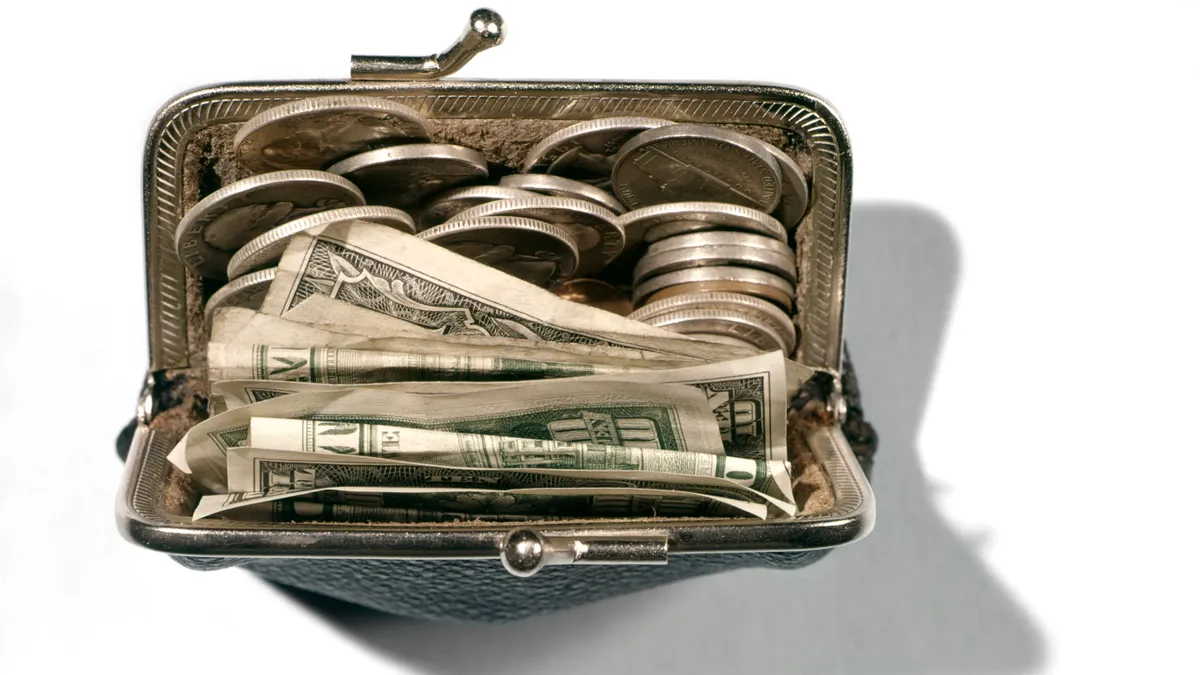Dive Brief:
- During the pandemic provisions and write-offs of bad debt have surged, with a study by research and advisory firm Gartner of financial statements from 796 companies revealing a 25.8% increase in 2020 compared with 2019.
-
By underestimating non-payment risk, a CFO may misperceive future cash flow and credit risk and miss investment opportunities, Gartner said, adding that bad debt and bankruptcy risk may also increase.
-
Nonpayment risk remains high even as the economy rebounds from the pandemic-induced downturn. “We’re still seeing heightened concerns from pre-pandemic levels because there is so much uncertainty about which businesses will survive after government support ends, and the long-term impact of the pandemic on consumer behavior is also still largely unknown,” according to Mallory Barg Bulman, director of research in Gartner Finance.
Dive Insight:
Despite record government assistance and monetary accommodation, Chapter 11 corporate bankruptcy filings rose 29% last year to 7,128 compared with 5,518 in 2019 before the onset of COVID-19, according to Epiq data.
While stress from coronavirus lockdowns spurred much of the rise in bad debt, customers who are financially healthy but chose not to pay on time account for some of the increase, according to Gartner. Receivable risk will likely persist after the pandemic fades because of lapses in service delivery or glitches in order-to-cash processes and other areas.
Still, many financial executives follow an incomplete method for gauging non-payment risk even as the strains from COVID-19 persist, according to Gartner.
“The typical way the finance department assesses receivables risk is to evaluate the financial health of their customers and attempt to identify those who cannot pay,” Barg Bulman said. “The problem with that approach is that it misses the risk of customers who are financially able to pay but still do not.”
Gartner suggests CFOs curb nonpayment risk by taking three steps:
Identify highest-risk customers. If financial executives are unable to complete a timely, thorough review of a high number of customers, they should create a short list of clients with the most frequent abnormal behavior, such as a decreasing number of invoices paid or an increasing incidence of late payment.
Speed up notification. If gaining insights into customer behavior and prospects is limited, CFOs should improve communication with collection agents, sales representatives and other staff who regularly interact with customers. They should also streamline the process for documenting and flagging reasons for non-payment in real-time.
Achieve precision. A CFO should make the most of the insights gathered by creating a scoring system that provides a unified, detailed view of receivables risk across the entire customer base. A company can also adjust the credit it extends to a customer based on the timeliness of its prior payments.
“Analyzing customer behavior can be challenging because of the sheer volume of customers and a limited ability to collect information on customer behavior and use it to determine risk,” Barg Bulman said. “But it’s not an impossible task for finance leaders, and the benefits to understanding their company’s cash flow can be considerable.”















